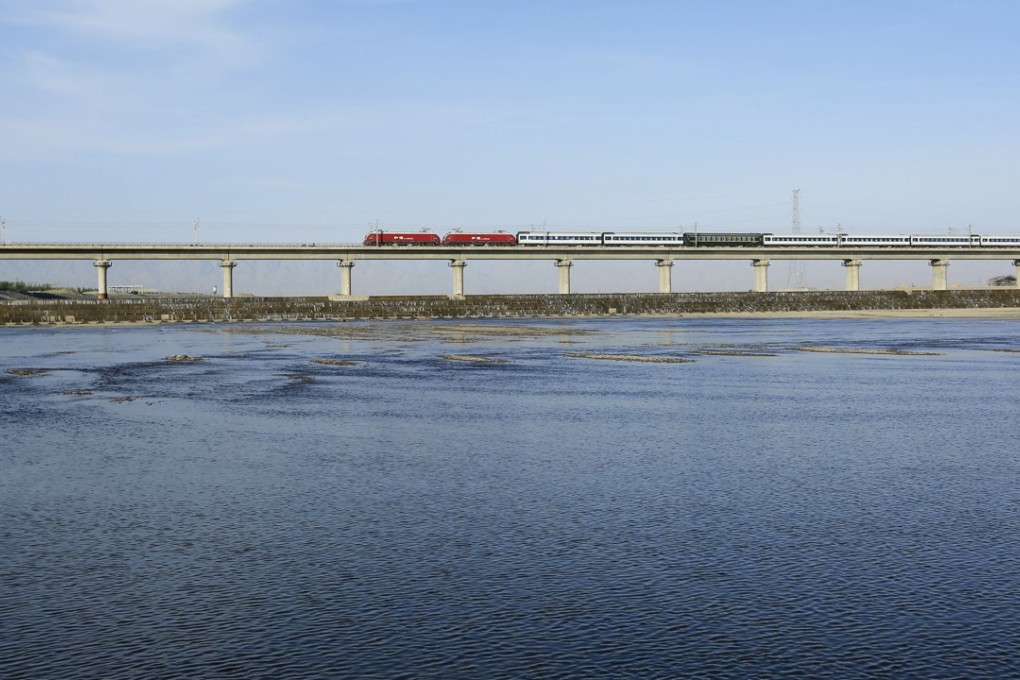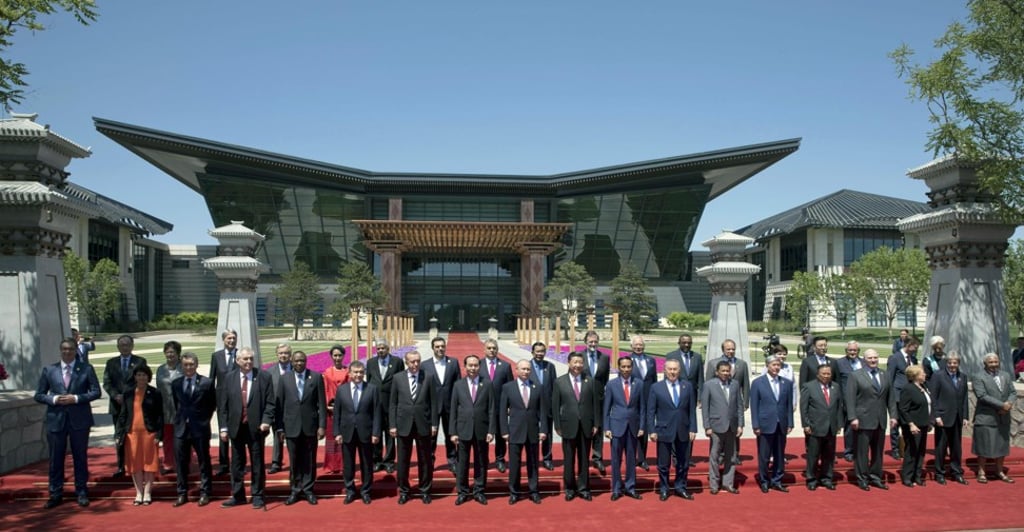Here’s what Xi Jinping’s new Silk Road can learn from the Marshall Plan

The sky over Beijing was a crisp, dark blue. With the arrival of 29 foreign leaders for the Belt and Road Summit last month, officials had made every effort to clear the air and roll out a bright red carpet. Representatives from more than 60 participating countries came to discuss China’s grand initiative: massive infrastructure investment to link China and Europe, and most countries in between, by land and sea.
The project has been under way for several years, launched by China’s President Xi Jinping in 2013. Since then, projects have sprung up across Asia and even parts of East Africa, stretching from ports in Pakistan and Sri Lanka to railways in Malaysia and Indonesia.

The numbers, even if a little vague, are staggering. Chinese banks have already invested about US$250 billion in participating countries in recent years, financing roads, pipelines, rail tracks, container terminals and power plants.

That is serious financial muscle. And if implemented as envisaged, it could transform the economics of the region, especially in those countries currently cut off from easy physical access to global markets.
